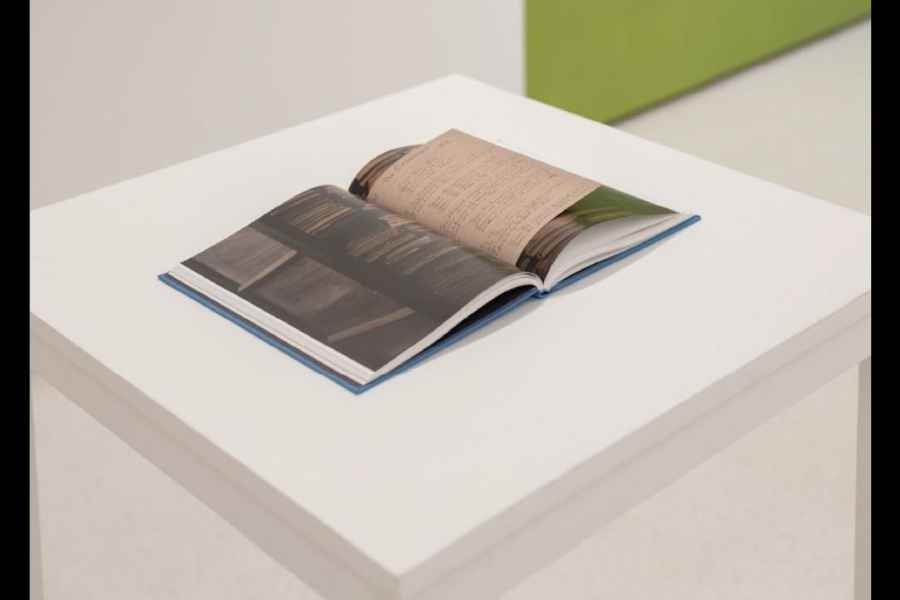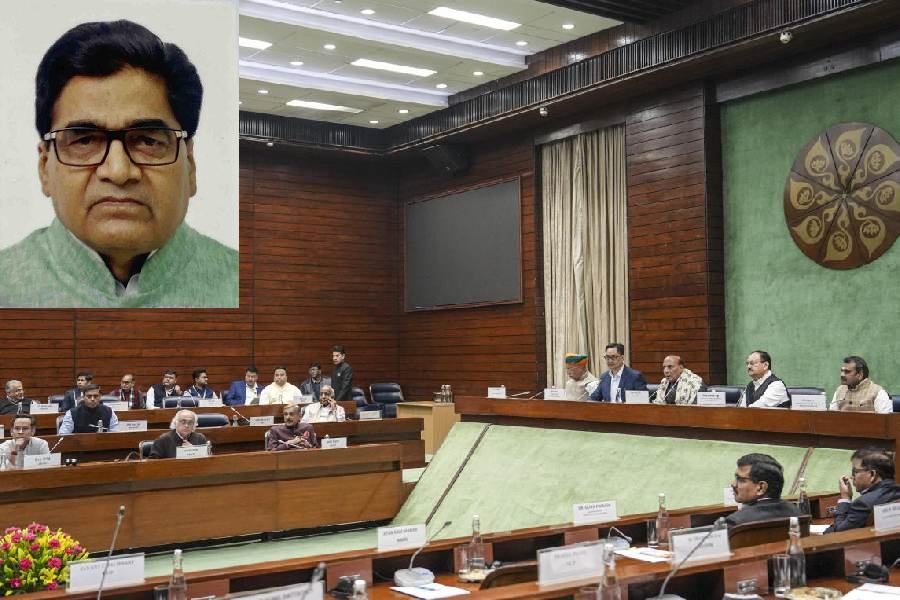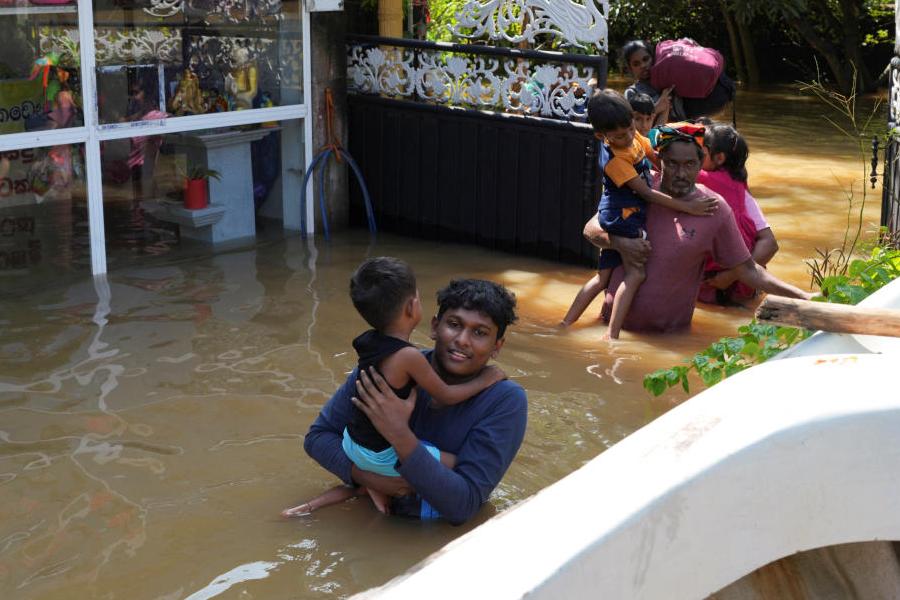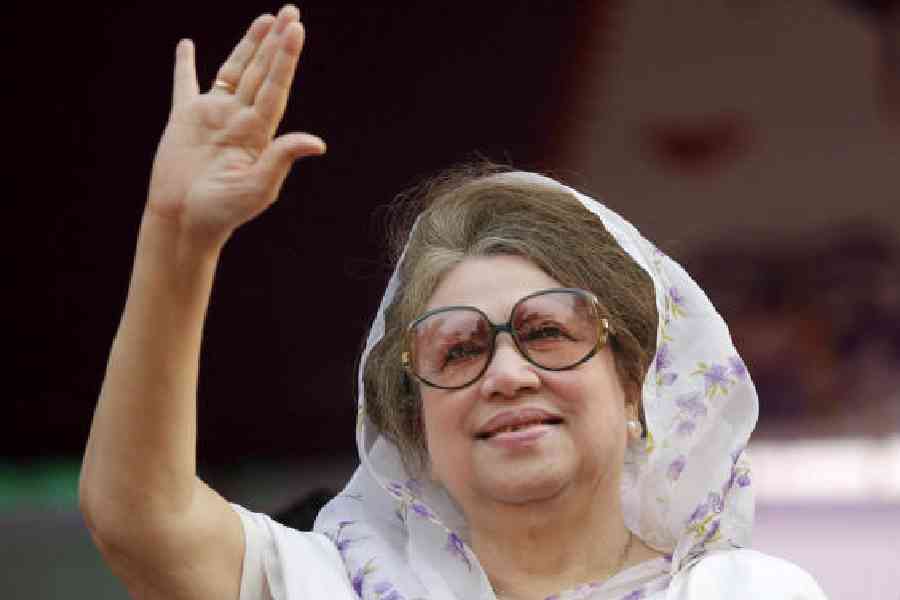Monsoon Rooms, at TRI Art & Culture, framed the season across two floors — A Wildflower Garden downstairs, curated by Harkat Studios, and Soft Circulations above, by Offset Projects. In Bengal, the monsoon has long been a cultural pulse — recited in song, embodied in festival. In Santiniketan, Barshamangal greeted it with music; in Tagore’s work, rain became rhythm and metaphor, both rupture and return. In Calcutta today, the season shapes performance and gathering. This exhibition extends that lineage, yet turns the monsoon into something subtler: not subject but medium, a way of carrying other stories.
On the ground floor, thirty films unfolded across a schedule. Yet even with this structure, watching felt like weather itself: to arrive mid-reel, to miss a beginning, to stumble into an ending, was like catching a shaft of light through heavy clouds. Their subjects ranged from forgotten cinemas and art histories to feminist interventions, urban margins, and fragile memories. Narrative here yielded to rhythm — the patient interruptions of time.
Upstairs, twelve book-projects slowed the visitor further. Pale blue was used sparingly, painted into alcoves as highlights, while texts curled like heavy teardrops. The Nepal Picture Library recast women’s history as archive; Vidushi Gupta’s Oscillation traced illness through scars and handwriting; Himali Singh Soin’s Static Range reimagined a Cold War device as ecological speculation; Vasudhaa Narayanan’s spoiled fruit paired testimonies with powerful photographs confronting body and shame; Sean Lee’s Marvel charted eating disorder and gender transition in diaristic pages. These images asked to be read slowly, like a book on an afternoon when rain gathers outside.
Rain itself was missing, yet its logic remained: of waiting, of slow accumulation, of attention thickened like air. In a city where showers drive life indoors, the exhibition found its rhythm in reading and watching.
As in Kalidasa’s Meghaduta, where the cloud was not protagonist but only messenger of longing, here too the monsoon was medium rather than subject. The films and books provided the voices — of illness, exile, shame, and desire — while the season gave them passage.











